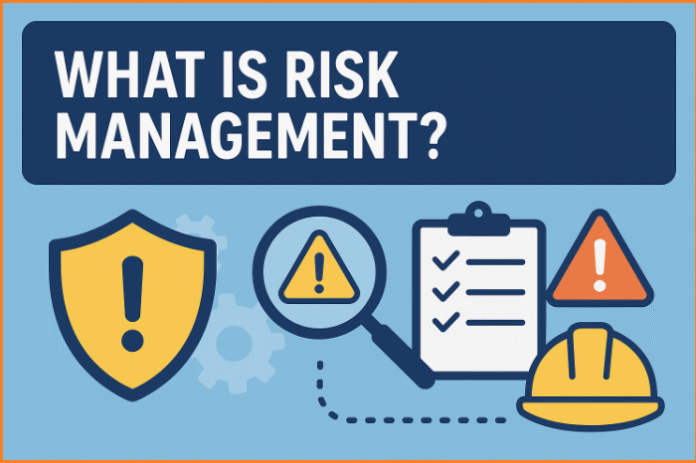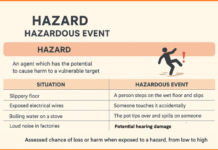Risk Management is a systematic approach used in every organization to identify, evaluate, and control potential hazards before they lead to incidents, injuries, or losses. It is not just a process….it’s a proactive mindset that forms the foundation of safe and healthy workplace.
At its core, Risk Management involves identifying what could go wrong, assessing how likely it is to happen and how severe the consequences could be, and then implementing effective control measures to reduce those risks to an acceptable level.
It provides a structured framework for decision-making that allows organizations to take actions based on facts, analysis, and prioritization.
Contents
Purpose and Importance
- Identify and Prioritize Risks:
The process begins with recognizing potential hazards and evaluating which risks pose the most significant threats. This helps in focusing resources where they are most needed. - Enable Effective Decision-Making:
Risk management allows decisions to be made even in uncertain conditions, ensuring that preventive actions are always in place. - Promote Continuous Improvement:
By regularly reviewing risks and controls, organizations can continuously enhance their safety performance. - Ensure Compliance and Accountability:
It emphasizes the shared responsibility among managers, supervisors, workers, and regulators to work together in maintaining a safe work environment.
Key Steps in Risk Management
- Hazard Identification – Spotting what could cause harm.
- Risk Assessment – Evaluating the likelihood and severity of harm.
- Risk Control – Implementing measures to eliminate or minimize risk.
- Monitoring & Review – Ensuring controls remain effective and updated.
Why It Matters
Effective risk management helps protect people, property, the environment, and the reputation of the organization. It reduces accidents, improves morale, and enhances productivity by ensuring everyone can work safely and confidently.
Risk Management is more than a compliance requirement—it is a continuous and collaborative effort that empowers organizations to make informed decisions, control uncertainties, and build a strong culture of safety.





